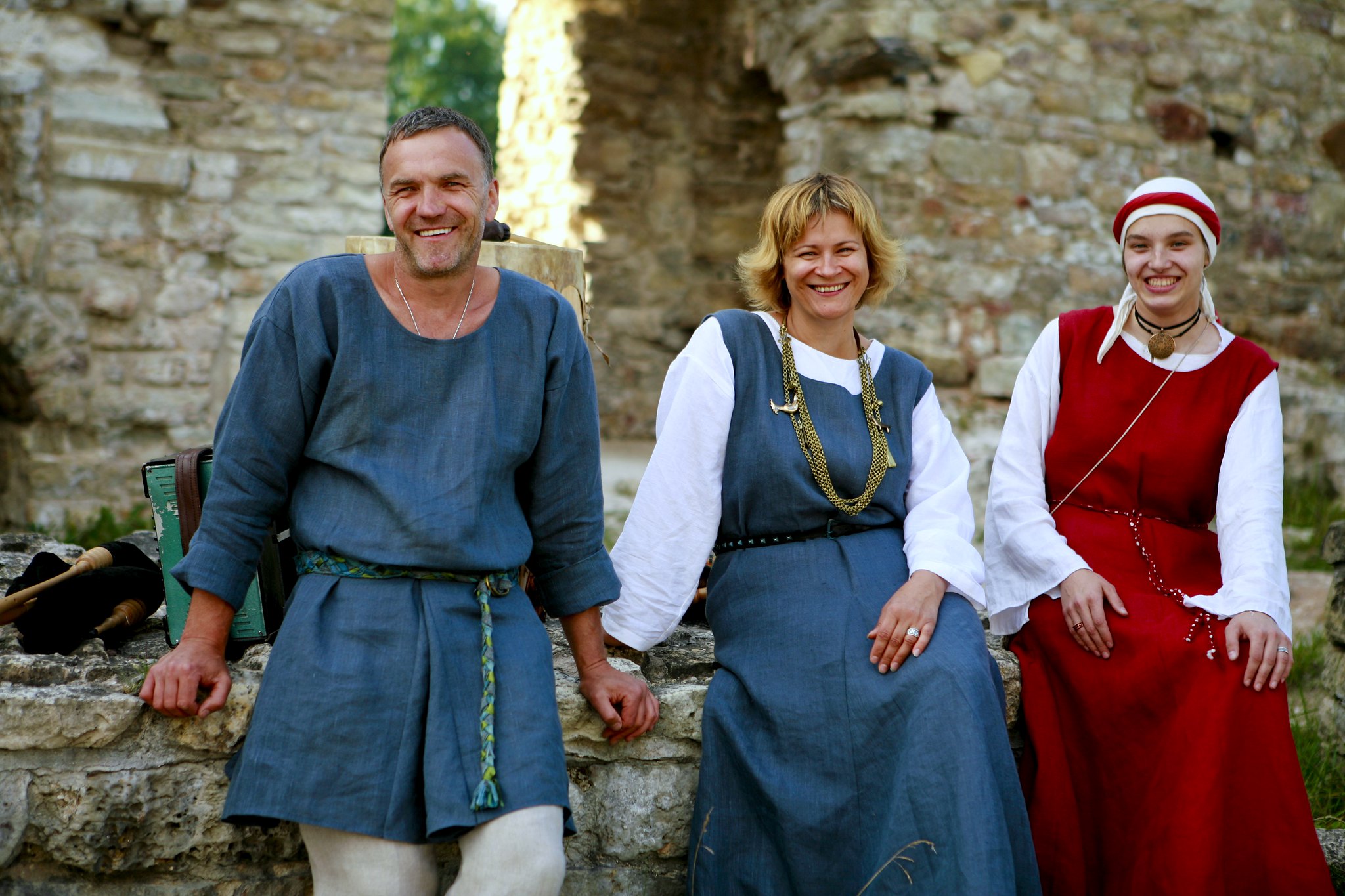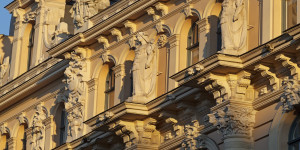
Latvian Symbols and Signs
Latvia, located in Northern Europe, has a rich history and culture that is reflected in its various symbols and signs. From the national flag to traditional motifs and folk patterns, here are some of the most notable signs and symbols of Latvia.
National Flag: The Latvian national flag is one of the most recognizable symbols of the country. It consists of three horizontal bands of maroon, white, and carmine red, with the maroon stripe on top and the carmine red stripe on the bottom. The colors are said to represent the land, the people, and freedom, respectively.
Coat of Arms: The Latvian coat of arms is a symbol of the country's heritage and sovereignty. It consists of a red shield with a white sun in the center, flanked by a lion on each side. The lion on the left is holding a sword, while the lion on the right is holding a Christian cross. The coat of arms is often used on official documents and government buildings.
Traditional Motifs: Latvia has a rich tradition of folk art, and many of its traditional motifs and patterns are still used today. One of the most popular motifs is the rosette, which is often used in embroidery and weaving. Other common motifs include geometric shapes, flowers, and animals, such as horses and deer.
The Lielvārde Belt: The Lielvārde Belt is a 12th-century textile artifact that is considered one of the most important historical and cultural treasures of Latvia. The belt is decorated with intricate designs and motifs, including mythical creatures, and is believed to have been worn as a symbol of status and wealth.
Latvian Folk Costumes: Latvian folk costumes are an important part of the country's cultural heritage. The costumes vary by region, but typically consist of a blouse or shirt, a skirt or apron, and a headdress. They are often decorated with colorful embroidery and traditional motifs, and are still worn on special occasions and festivals.
The Baltic Way: The Baltic Way was a peaceful political demonstration that took place in 1989, during which approximately two million people in Latvia, Estonia, and Lithuania formed a human chain across the three countries to protest against Soviet occupation. The Baltic Way is considered a symbol of the three countries' shared history and struggle for independence.
In conclusion, Latvia has a rich cultural heritage that is reflected in its various symbols and signs. From the national flag to traditional motifs and folk patterns, these symbols are an important part of Latvia's identity and history.






